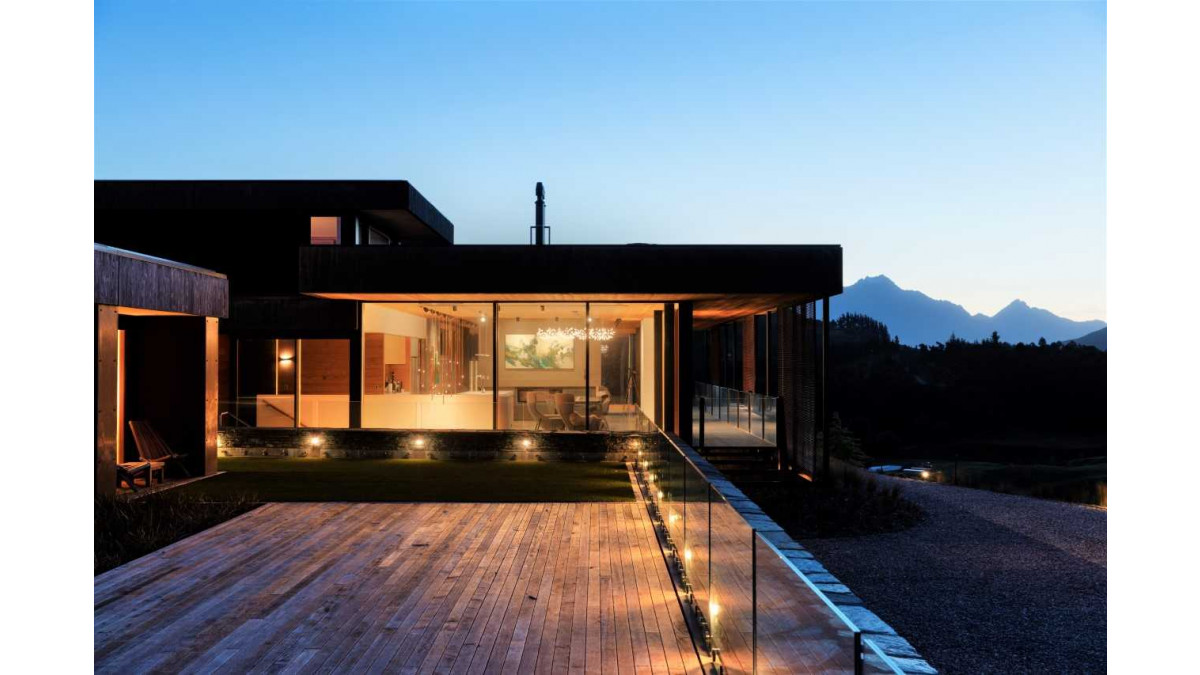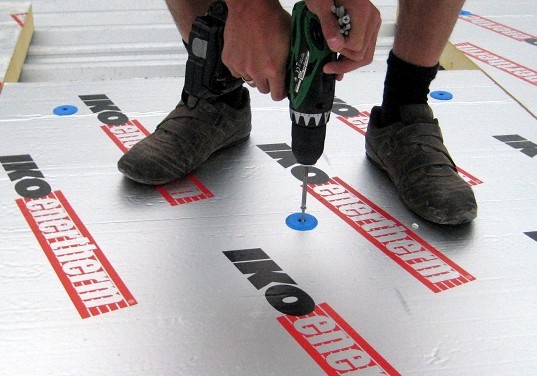
A true warm roof is defined as a system in which when insulation is placed outside of the structure, it can provide high thermal performance for the building, minimising the risk of heat loss and eliminating thermal bridging. The warm roof must have sufficient insulation quality, specific to the building’s climatic location and intended building use.
Overall, the addition of a warm roof system can drastically increase the energy efficiency of a building. This is done by providing a continuous insulation layer to ensure there are no thermal breaks in the structural framework. This equates to both heat and energy savings due to consistent internal temperature.
Warm roof construction vs. thermally broken construction
A typical E2 type timber structure roof requires timber supports at 400mm centres. If using 90mm wide timber, this equates to approximately 27% of the roof’s total surface area. In a traditional lofted roof situation where insulation is put between the rafters, a considerable amount of time, cost and energy are used. This time-consuming thermally broken construction method often results in an R-value which is considerably lower than that of a warm roof.
In addition, condensation can be an issue. In a typical construction, the warm moisture-laden air rises and would condensate on cold elements within the roofing structure. In the past, the removal of this moisture-laden air has been accommodated by installing vents on the roof, which creates unnecessary penetration. This can allow cold damp air to enter the building space under the right conditions. If warm roof construction is used instead, and an efficient insulation layer is installed outside the structure, the external dew point is shifted, effectively eliminating condensation within the building.
Nuralite's Nuratherm Warm Roof System goes one step further. The use of a metal tray substrate underneath PIR insulation boards in lieu of traditional plywood substrates offers many benefits as the greater spanning capabilities of the metal tray profile reduce installation time and create a weathertight building faster.
Warm roofs are not a new system and although relatively new to New Zealand, warm roof construction is compulsory in most other parts of the world. Warm roofs are increasingly becoming more common in New Zealand as leading designers see the system as a total solution to combat condensation and heat loss. Cost savings can also be achieved as there are fewer costs associated with long term heating, cooling and ventilation of the building.













 Case Studies
Case Studies















 Popular Products from Nuralite
Popular Products from Nuralite

 Most Popular
Most Popular


 Popular Blog Posts
Popular Blog Posts